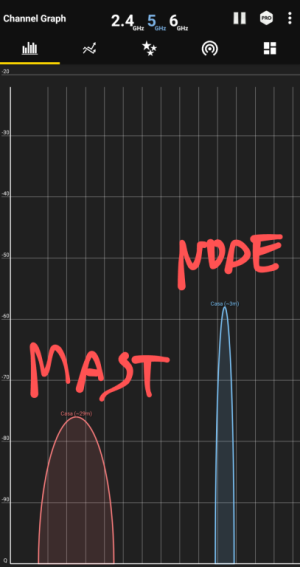NightWolfix
New Around Here
Hi,
I own a AX10000 router in AP AI mesh mode with latest Marlin firmware connected to RP-AX58 with stock Asus latest firmware. I forced the 80 mhz channel width on the master which is correctly applied to the mesh SSID on the master. The slave however is always on a different 5 ghz channel on the same SSID and the width is always 20 mhz regardless of the setting. Is that normal? I tried removing and resetting the node many time but with no luck. The two are connected by 5 ghz backhaul.
I own a AX10000 router in AP AI mesh mode with latest Marlin firmware connected to RP-AX58 with stock Asus latest firmware. I forced the 80 mhz channel width on the master which is correctly applied to the mesh SSID on the master. The slave however is always on a different 5 ghz channel on the same SSID and the width is always 20 mhz regardless of the setting. Is that normal? I tried removing and resetting the node many time but with no luck. The two are connected by 5 ghz backhaul.


